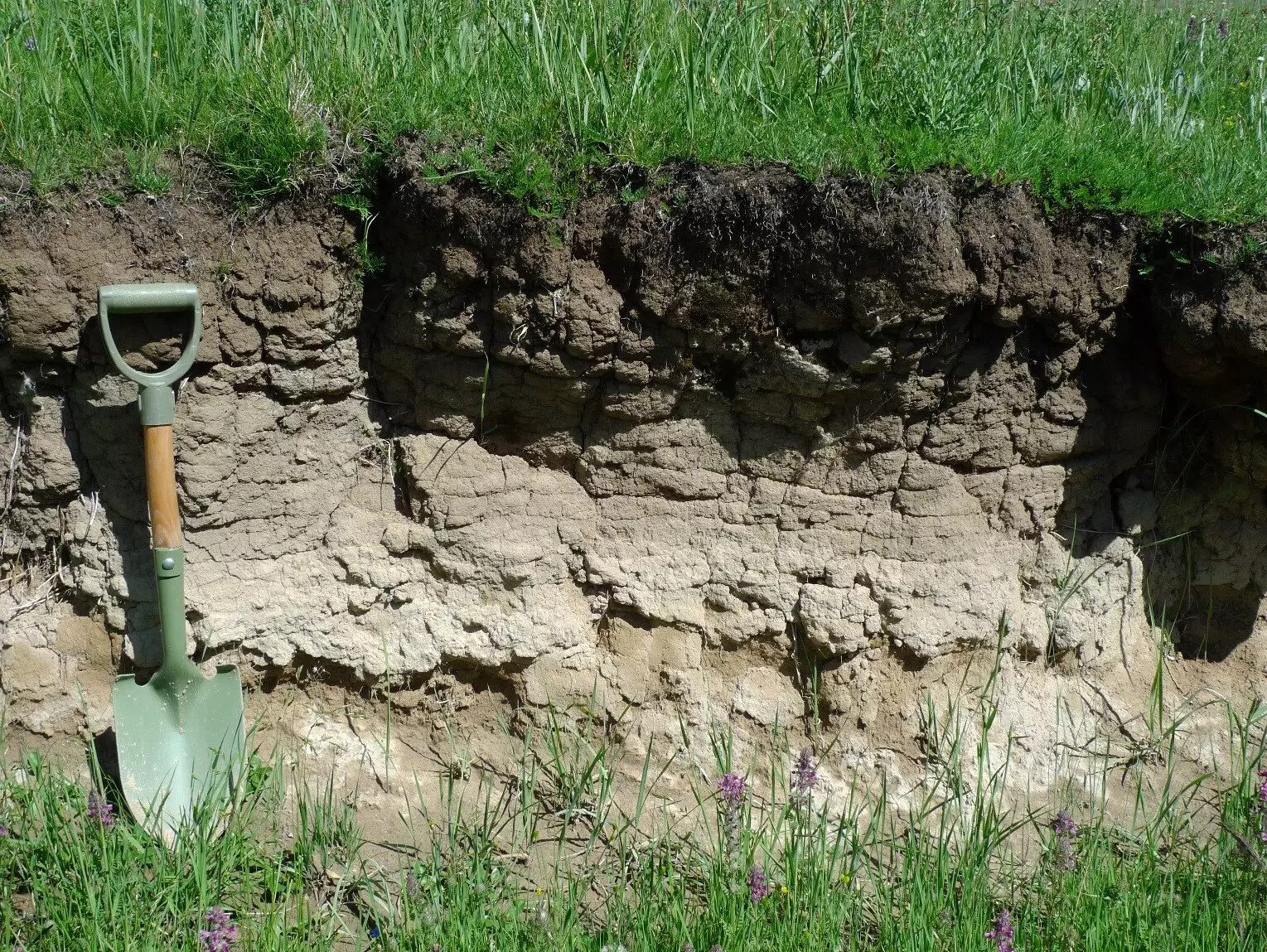When we think of soil carbon, we often focus solely on the organic matter component known as soil organic carbon (SOC). However, it is crucial to recognize that soil carbon also includes an inorganic component known as soil inorganic carbon (SIC). While solid SIC, typically calcium carbonate, may accumulate more in arid regions with infertile soils, its importance should not be underestimated.
A recent study published in Science challenged the long-held view that SIC is not significant. Led by Prof. Huang Yuanyuan and Prof. Zhang Ganlin from the Chinese Academy of Sciences, the researchers quantified the global store of SIC. The findings revealed a staggering 2,305 billion tons of carbon stored as SIC in the top two meters of soil worldwide, surpassing the carbon content of all the world’s vegetation combined.
Despite its vast store, SIC is vulnerable to environmental changes, particularly soil acidification. Prof. Huang highlighted the risks posed by soil acidification, which can dissolve calcium carbonate and release it into the atmosphere or water. Countries like China and India are already experiencing soil acidification due to industrial activities and intensive farming, putting the global SIC pool at risk.
SIC plays a critical dual role in storing carbon and supporting ecosystem functions that rely on it. Disruptions to SIC accumulation over Earth’s history can compromise soil health, including its ability to neutralize acidity, regulate nutrients, support plant growth, and stabilize organic carbon. The loss of approximately 1.13 billion tons of inorganic carbon from soils to inland waters annually has significant implications for carbon transport across different environments.
While efforts to combat climate change have focused mainly on SOC, there is a growing recognition of the importance of SIC. Incorporating inorganic carbon into climate change mitigation strategies is crucial for maintaining and enhancing carbon sequestration. Initiatives like the “4 per mille initiative,” which aims to increase SOC by 0.4% annually, must also consider the role of SIC in achieving sustainable soil management and climate mitigation goals.
By expanding our understanding of soil carbon dynamics to include both organic and inorganic components, researchers aim to develop more effective strategies for preserving soil health, promoting ecosystem services, and mitigating climate change. Recognizing the hidden impact of SIC on the global carbon cycle is essential for shaping a sustainable future for our planet.


Leave a Reply